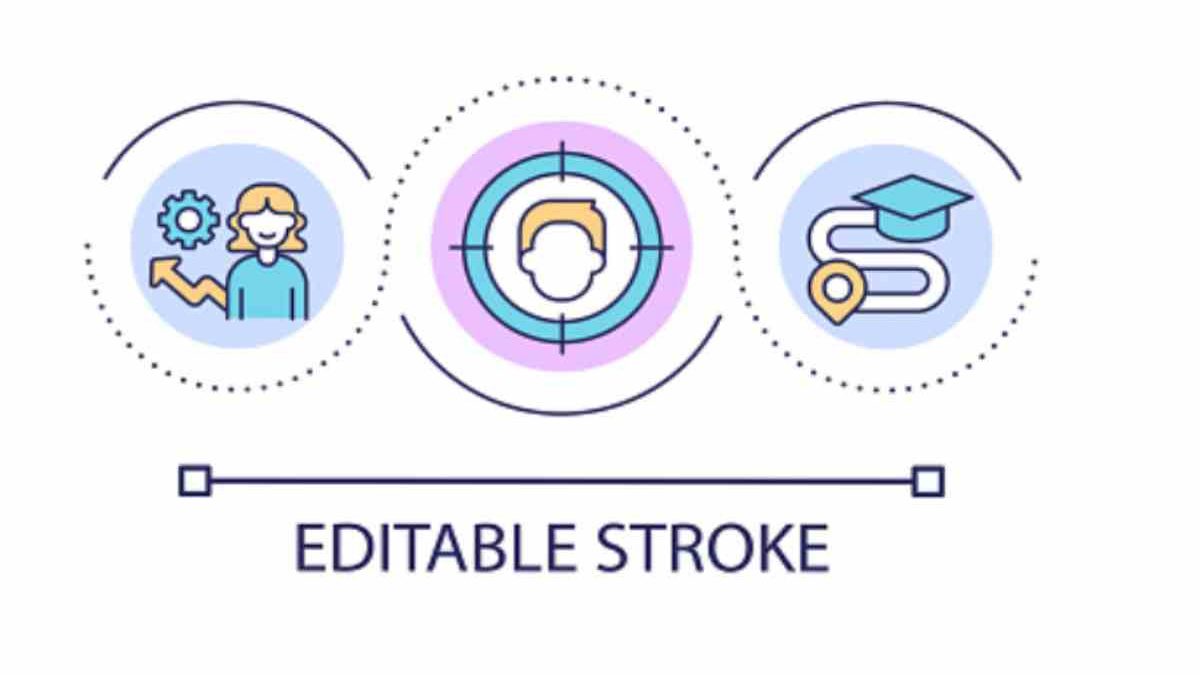Just as you walk into a classroom, how would you know it is entirely student-centered? Is it the environment, the activities of the student, the methodologies of the teacher, or the things that you hear and see that prove what a student-centered classroom should be like?
Over the past few years, how we manage classrooms has changed. During the pandemic, we were inclined toward online classes, where a student-centered classroom was almost impossible to build. Amidst rising challenges- technical or classroom-related, it was difficult to recognize student needs and provide for them. Since we have made a lot of progress and teachers have started focusing on creating a student-centered classroom even on online platforms. The change is brought about through technical awakening, proper training, and habituated learning patterns.
However, one of the first challenges that teachers must overcome before building a student-centered classroom is by understanding what it means.
Table of Contents
What is a student-centered class?
At first, the word might seem self-explanatory because it must mean something related to the students, keeping them as the main objective. This means that every lesson must get personalized according to the needs of the student. 2 elements must be present in every classroom to make it student-centered;
- The option to customize learning procedures adapt unique learning methodologies as diversified by the teacher.
- The opportunity to make independent decisions and progress as per the relevant learning material they are provided.
We understand that a child is the main factor here, and every decision made in the classroom should mostly be for the benefit of the students. Teachers might guide them, motivate them, and contribute to their progress by applying unique learning methodologies, but, their personal views and feedback should only focus on academic, social, and personal development.
How to make a student-centered class?
Practice active learning
For years learning has been practiced theoretically inside a classroom with four walls. The present generation has slowly and steadily realized that learning is beyond the theory in books.
Plato gave one of the first learning theories. Almost millennia later contradictory theories came into existence. One of the most notable contributions to modern learning understanding came from Jean Piaget who described knowledge as the constructive understanding of facts and practical usage of it in life. According to him, if we cannot actively use knowledge and visualize it, we have not learned anything at all.
This concept is important to implement rules of a student-centered classroom because it limits theoretical classes where teachers constantly give lectures, notes, quizzes, etc. Not that these aren’t helpful, but that these are not the only things that are the defining points of learning and understanding of a child. Giving them more learning opportunities and methodologies is personalizing, and allowing them to choose a methodology that is most suited to their learning type. Active learning favors students in a differentiated manner student and a school ERP must include it.
Cooperation and collaboration
This is a compulsory requirement for a student-centered classroom. Most children have minimal social values in a classroom where they interact mostly with their friends. It leaves a student less than the average time to talk, get their ideas, thoughts, and criticisms across, and share their academic understanding.
To contribute to active learning, and to build soft skills, students need to collaborate, cooperate and socialize with one another. Talking to friends only is not called collaborating. When the entire class is involved while being respectful, helpful, open and understanding of one another they’ll learn about subjects, life, and the way of living. Institutions must understand that an ERP for school prepares an individual and not just their academic values.
If a classroom is student-centered then it ticks all the requirements and not just academic ones.
Emotional understanding and social awareness
Building relationship skills, self-awareness, self-managing behaviors and emotions, and social awareness by a showcase of empathy, responsibility, and constructive decision-making skills are also major targets for institutions. A self-centered classroom recognizes the preparedness of a child for subjects and real life.
Some other elements like complete technological integration and use in the classroom for every child to adapt; and giving them a voice or the confidence to speak out are also self-centered values. These go hand in hand with the values mentioned above and are actively encouraged in every institution.

